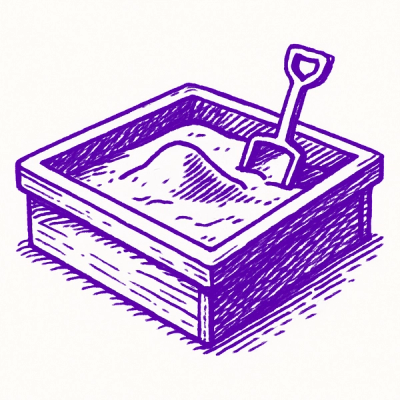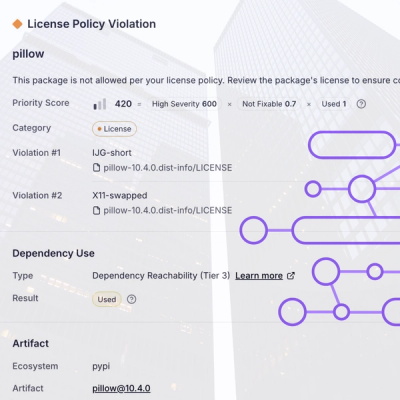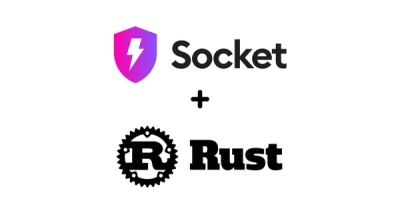
Research
/Security News
Critical Vulnerability in NestJS Devtools: Localhost RCE via Sandbox Escape
A flawed sandbox in @nestjs/devtools-integration lets attackers run code on your machine via CSRF, leading to full Remote Code Execution (RCE).
Multiplatform 3D numpy image browser based viewer.
from microviewer import view, hyperview, objects
view(numpy_image) # for gray and color images
view(numpy_image, seg=True) # for segmentation labels
view(numpy_image, seg=True, port=8082)
hyperview(image, labels) # interactive overlay
# uses vtk to visualize meshes, bounding boxes,
# skeletons, and point clouds
objects([ mesh, skeleton, bbox, point_cloud ])
uview image.npy.gz # view as image
uview labels.npy.gz --seg # view as segmentation
uview image.npy.gz labels.npy.gz # view image w/ overlay
uview image.npy.gz --paint # view image w/ blank overlay

Visualize 3D numpy arrays in your browser without difficult installation procedures or reformatting your data. The code is CPU based and the image is uncompressed in memory. You're limited to images that are at most 2^31 bytes large (~2.1 GB) due to browser limitations.
For .ckl, .nrrd, and .nii formats, you must install crackle-codec, pynrrd, and nibabel respectively. All are installed by the "all_formats" optional installation argument.
import numpy as np
import zmesh
import kimimaro
import crackle
import microviewer
from osteoid.lib import Bbox
labels = crackle.load("connectomics.npy.ckl.gz", label=62347522)
resolution = np.array([16,16,40])
skel = kimimaro.skeletonize(
labels,
teasar_params={
'scale': 3,
'pdrf_exponent': 8,
},
anisotropy=resolution,
)[1]
mesher = zmesh.Mesher(resolution)
mesher.mesh(labels)
mesh = mesher.get(1)
bbox = Bbox([0,0,0], np.array(labels.shape) * resolution)
microviewer.objects([ bbox, mesh, skel ], skeleton_color_by='radius')

pip install microviewer
By default, only .npy files are supported. Additional formats are supported via optional downloads.
Possible optional arguments:
all_formats, nii, nrrd, ckl, jxl,
objects,
all
Note: jxl and objects have relatively heavy downloads.
pip install "microviewer[all]"
This microviewer package has been a part of CloudVolume since 2018, but is now broken out into its own package for more flexible wider use. Microviewer uses a modified version of https://github.com/seung-lab/data-cube-x/ (2016) to represent the array in Javascript, which was originally developed for eyewire.org.
FAQs
Visualize 3D numpy arrays in the browser.
We found that microviewer demonstrated a healthy version release cadence and project activity because the last version was released less than a year ago. It has 1 open source maintainer collaborating on the project.
Did you know?

Socket for GitHub automatically highlights issues in each pull request and monitors the health of all your open source dependencies. Discover the contents of your packages and block harmful activity before you install or update your dependencies.

Research
/Security News
A flawed sandbox in @nestjs/devtools-integration lets attackers run code on your machine via CSRF, leading to full Remote Code Execution (RCE).

Product
Customize license detection with Socket’s new license overlays: gain control, reduce noise, and handle edge cases with precision.

Product
Socket now supports Rust and Cargo, offering package search for all users and experimental SBOM generation for enterprise projects.